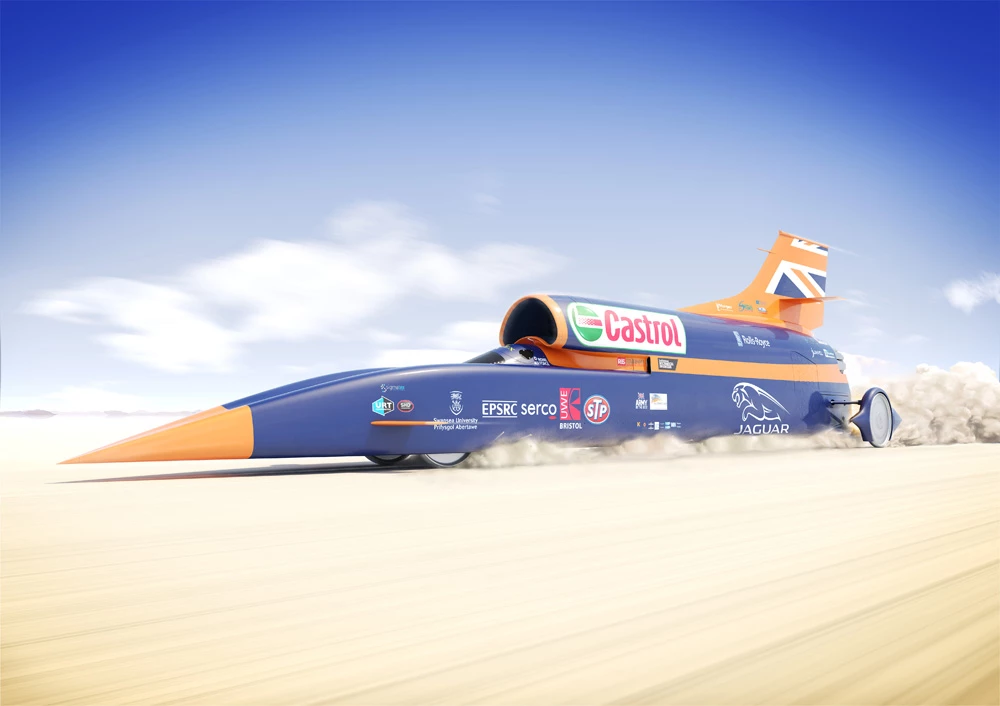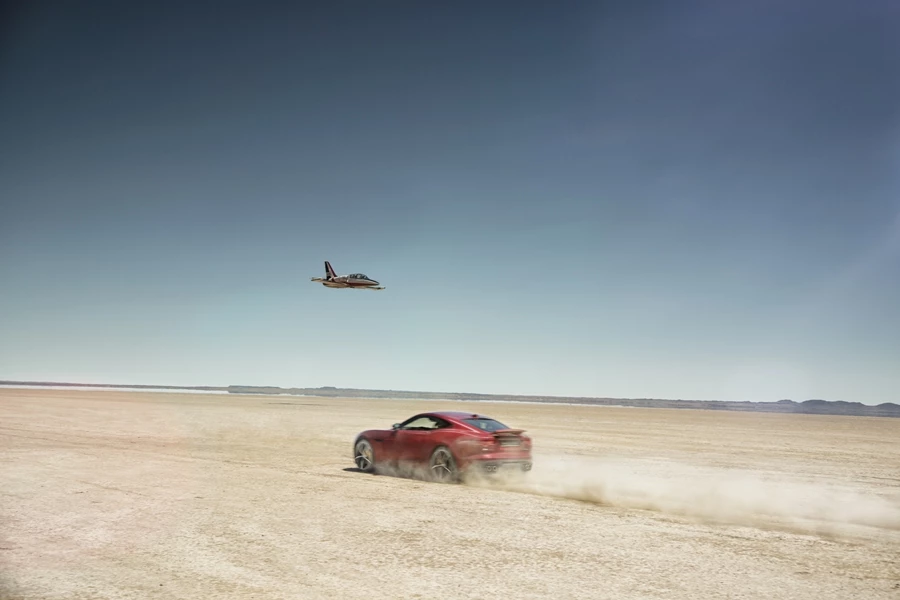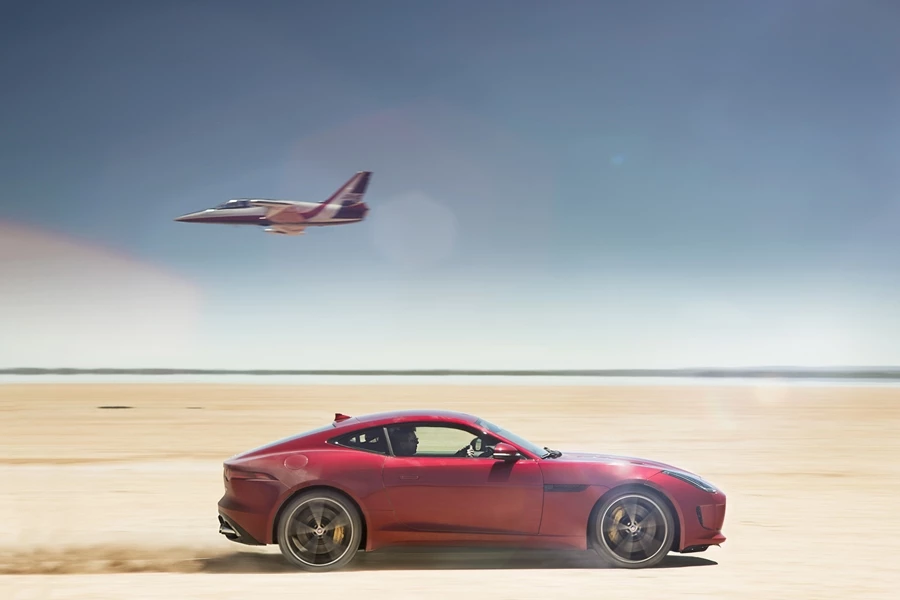Having announced its intention in 2008 to attempt a new land speed world record, the Bloodhound team has now begun its 12-month countdown to the first test runs in South Africa. The milestone was marked yesterday with a test of the communications equipment at high-speed.
Following the announcement of the planned record attempt, a full-size replica of the Bloodhound supersonic car (SSC) was unveiled in 2010 and the car's rocket engine was successfully test fired in 2012. The aim of yesterday's communications test was to ensure that data will be able to be transmitted and Bloodhound driver Andy Green will be able to communicate with the support team during the eventual record attempt at speeds approaching 1,000 mph (1,609 km/h).
Green was the driver when the current land speed world record of 763 mph (1,228 km/h) was set in 1997. Back then, he was driving the Thrust SSC as part of a UK team led by Richard Noble, who is also the project director for the Bloodhound team.

The Bloodhound SSC is currently being built at the team's base in Bristol, UK. It will be put through its paces on the Hakskeen Pan in South Africa during 2015 with a targeted speed of 800 mph (1,287 km/h) and it is hoped that the car will top 1,000 mph (1,609 km/h) in subsequent runs during 2016.
In order to test the communications system, an L39 jet aircraft was flown above the Hakskeen Pan desert track at an altitude of 50 ft (15 m) and a speed of 500 knots (575 mph / 926 km/h). A Jaguar XF saloon and new AWD F-Type R Coupé were driven along the track in the opposite direction, producing closing speeds (the relative speed of two objects moving towards each other) with the jet of up to 700 mph (1,126 km/h).

The cars were carrying the equipment that will be used to stream data from the Bloodhound SSC during the 2015 and 2016 test runs and record attempts. Then, data from over 300 sensors and three streams of 720p video will be being transmitted from the car. The bespoke 4G LTE network used in the communications test will transmit the data to the project's Mission Control Center, before it is relayed to the nearest town for publication on the internet.
The successful test saw antennas with LTE modems mounted on the Jaguar XF, replicating the kit that will be built into the Bloundhound SSC's tail fin and will stream data from the car. The F-Type R, meanwhile, was carrying VHF radio technology that will be used to relay voice communications between Green and the support team. Signal strength was measured via receivers in the L39 jet and the test confirmed that there would be no frequency clashes in the spectra that the team will be using in the Hakskeen Pan area.

Jaguar has joined the Bloodhound Project as an innovation partner. The video below introduces the partnership and shows some footage from the communications test.
Source: Bloodhound SSC








